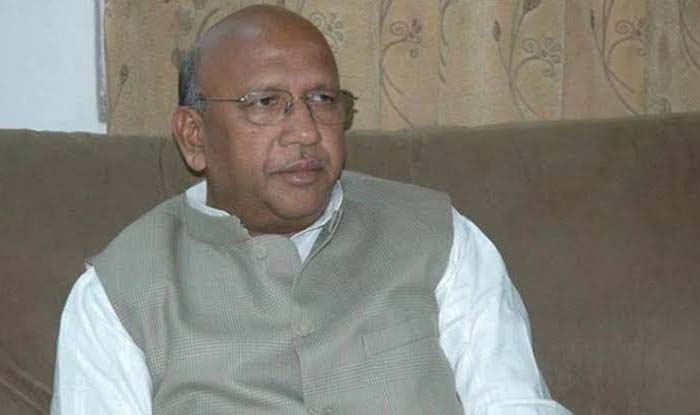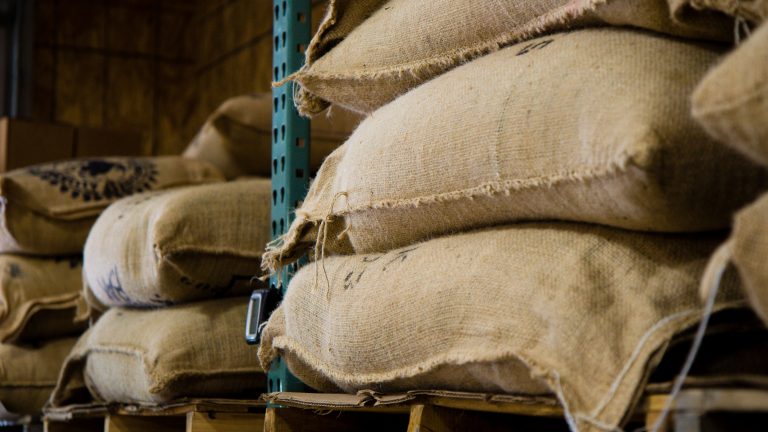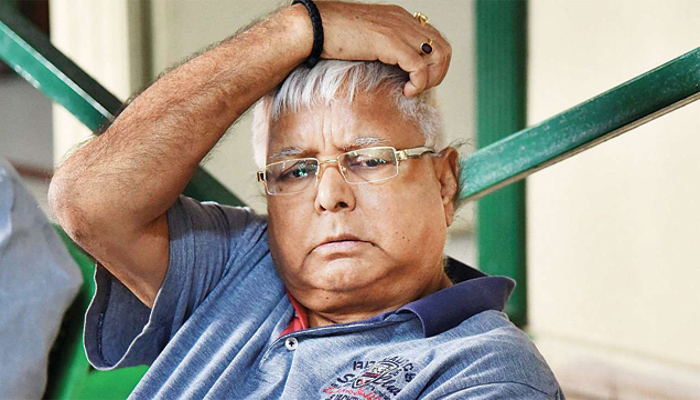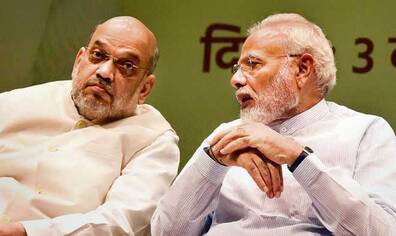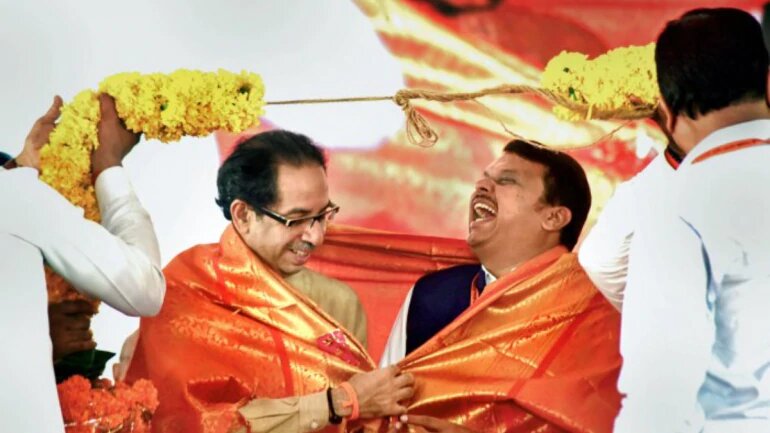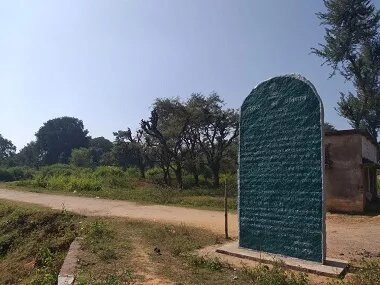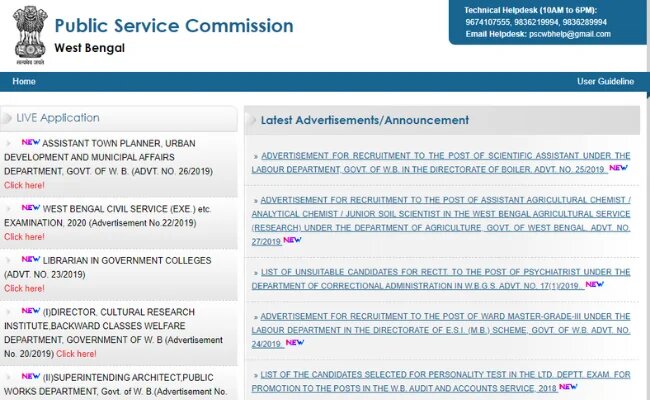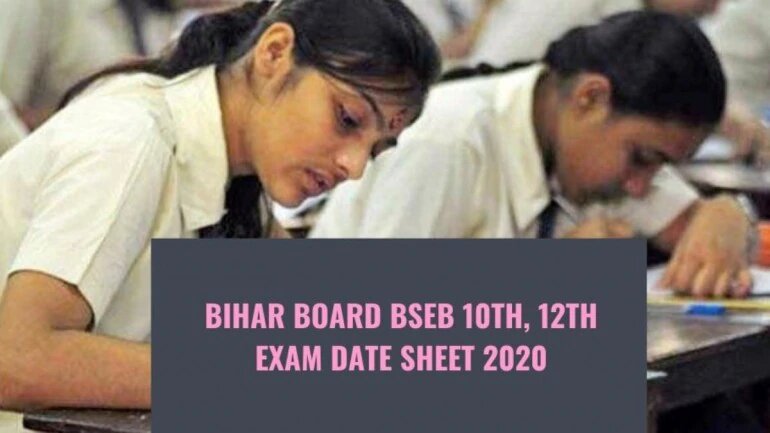Source – indiatoday.in
I am not a BJP wala. I do not lie. With these words, Shiv Sena chief Uddhav Thackeray parted ways with the BJP earlier this month asserting that the leading NDA partner is not trustworthy. The Shiv Sena leaders have referred to the troublesome relation of the BJP with alliance partners in other states.
Recently, the Lok Jan Shakti Party (LJP) complained that the BJP did not entertain its request of a respectable tie-up in Jharkhand for the upcoming assembly election. The BJP and the All Jharkhand Students Union (AJSU) too fell out failing to arrive at a seat-sharing agreement. The AJSU is the oldest ally of the BJP in Jharkhand. They have never fought state elections separately before.
During the Haryana Assembly election, the Shiromani Akali Dal (SAD) lashed out at the BJP on quite a few occasions. The SAD had in June this year proposed an alliance with the BJP in Haryana but the BJP did not pay heed to the call.
In the run-up to the Haryana election, the BJP inducted its lone MLA in the party prompting SAD chief Sukhbir Badal to remind the BJP of maryada (dignity) of the alliance. Later, campaigning for the Haryana election, Sukhbir Badal hit out at the BJP claiming those sitting in power [read the BJP] will be soon in Opposition.
At the NDA meeting in New Delhi last week, LJP president Chirag Paswan stressed the need for a convener of the alliance saying the presence of the Shiv Sena was missed.
This appears as if the alliance partners of the BJP are not comfortable with the parties at present. But a look at the BJP’s relationship with its alliance partners points to a similar tumultuous equation.
THE JAN SANG DAYS
The RSS floated the Bharatiya Jan Sangh (BJS) in 1951 making debut politics. The BJS tasted power for the first time in 1967 in Madhya Pradesh when about 60 MLAs of the ruling Congress defected to the Opposition and various parties including the BJS formed the Sanyukta Vidhayak Dal. A government was formed but soon they started quarreling over ideological differences. The government collapsed in 1969.
At the national level, the BJS ceased to exist in 1977 merging itself with other anti-Congress parties to form the Janata Party. It was a grand-alliance of the time. It too collapsed in less than three years. These experiences left such a deep imprint on the RSS-trained leaders of the Jan Sangh that when they founded the BJP (the new version of the BJS) in 1980, they were reluctant to go for alliances.
The Shiv Sena came along over 1984-89 period in Maharashtra, where the BJP was very weak those days. By 1989, the BJP had gained enough strength. The Janata Dal (of VP Singh, Chandrashekhar and Devi Lal) had fallen short of a majority in the election. The BJP had the choice of joining the government giving it stability but it refused. BJP leadership of LK Advani and Atal Bihari Vajpayee, instead, extended outside support to the VP Singh government. They withdrew support over Mandal-Kamandal episode.
NEW ERA OF ALLIANCES
In 1996, the BJP emerged as the single-largest party in the Lok Sabha election. But 161 seats in the Lok Sabha election at that time appeared as the BJP’s cap forcing it to consider a wider alliance to see it gets power at the Centre. Vajpayee was sworn in as the prime minister with a futuristic strategy. Back then, Advani was considered hardline Hindutva leader and Vajpayee moderate.
In 1998 emerged a multi-party alliance called the National Democratic Alliance (NDA) that the BJP stitched up to come to power. The Janata Dal (United), the Telugu Desam Party (TDP), the All India Anna Dravida Munnetra Kazhagam (AIADMK), the Janata Dal (Secular), the Jammu and Kashmir National Conference, the Shiv Sena, the Shiromani Akali Dal, the Biju Janata Dal, the Jharkhand Mukti Morcha and the Haryana Vikas Party were the BJP’s allies among others.
Over the next six years, the AIADMK exited the NDA but the DMK joined in; the National Conference walked away but the Peoples Democratic Party joined. The Trinamool Congress Party of Mamata Banerjee was a part of the NDA. Banerjee was a senior minister in the Vajpayee government. The Lok Janshakti Party of Ram Vilas Paswan was also part of the NDA.
WHO FINDS BJP RELIABLE?
Today, only the JDU, the LJP and Shiromani Akali Dal are part of the BJP-led NDA. All others quit NDA blaming the BJP. The AIADMK of Jayalalithaa snapped ties with the BJP in 1999. The National Conference walked away in 2002, the DMK and the Haryana Vikas Party in 2004, the TMC in 2007, the BJD in 2009, the JDS in 2010, the JMM in 2012 and the list goes on.
The case of JDU is curious. Bihar Chief Minister and JDU president Nitish Kumar pulled out of the NDA in 2013 after it the BJP went ahead with Narendra Modi, then Gujarat chief minister, as its prime ministerial candidate.
The BJP tried to compensate the loss of JDU in Bihar by cobbling up an alliance with caste-based parties such as the Rashtriya Lok Samta Party of Upendra Kushwaha and the Hindustani Awam Party of Jeetan Ram Manjhi. The JDU came back in 2017. The RLSP and the HAM broke alliance with the BJP calling it unreliable.
The LJP too had parted ways with the BJP in 2002 in the wake of Gujarat riots. It joined hands with the BJP again in 2014. This gave Paswan the sobriquet of the political weathercock.
Most of these parties have complained that the BJP piggybacked on them to increase its vote base at their cost. Except for Punjab, where the SAD’s appeal on Sikhism plank continues to be in the lead, the charge against the BJP holds true. In most of the states, where the BJP has expanded its base, it has turned itself into a competitor of its alliance partner.
In Maharashtra, the BJP and the Shiv Sena largely compete for the same vote bank but greater resource availability helped the BJP expand at a faster rate. Shiv Sena mouthpiece Saamana today compared the BJP with medieval marauder Muhammad Gori who invaded India multiple times to plunder its wealth ruing that the Bal Thackeray-led party allowed the BJP flourish in Maharashtra. In Odisha, Karnataka, Bihar, Haryana and the Northeast, the BJP has followed almost the same template.
WHAT IS THE LATEST TREND?
At least half-a-dozen parties have broken their alliances with the BJP in the past two years. In 2014, the Swabhimani Paksha of Raju Shetti was said to have played an important role in the consolidation of votes in favour of the BJP in Maharashtra. The BJP was then focusing on aligning with smaller parties with the focused support group. Alliance with the Swabhimani Paksh was one such decision taken by the party.
The TDP of Chandrababu Naidu had an open fight with PM Modi and the BJP leadership and walked away from the NDA in 2018. The same year, the PDP fought with the BJP in Jammu and Kashmir and the alliance fell. The RLSP broke alliance with the BJP in Bihar in 2019.
The Gorkha Janmukti Morcha snapped ties with the BJP in West Bengal, where it was considered as a strong ally of the BJP with popular support in and around Darjeeling. The Shiv Sena and the AJSU have not ended their tie-up with the BJP blaming the party leadership of being un-accommodative to their aspirations and concerns.
